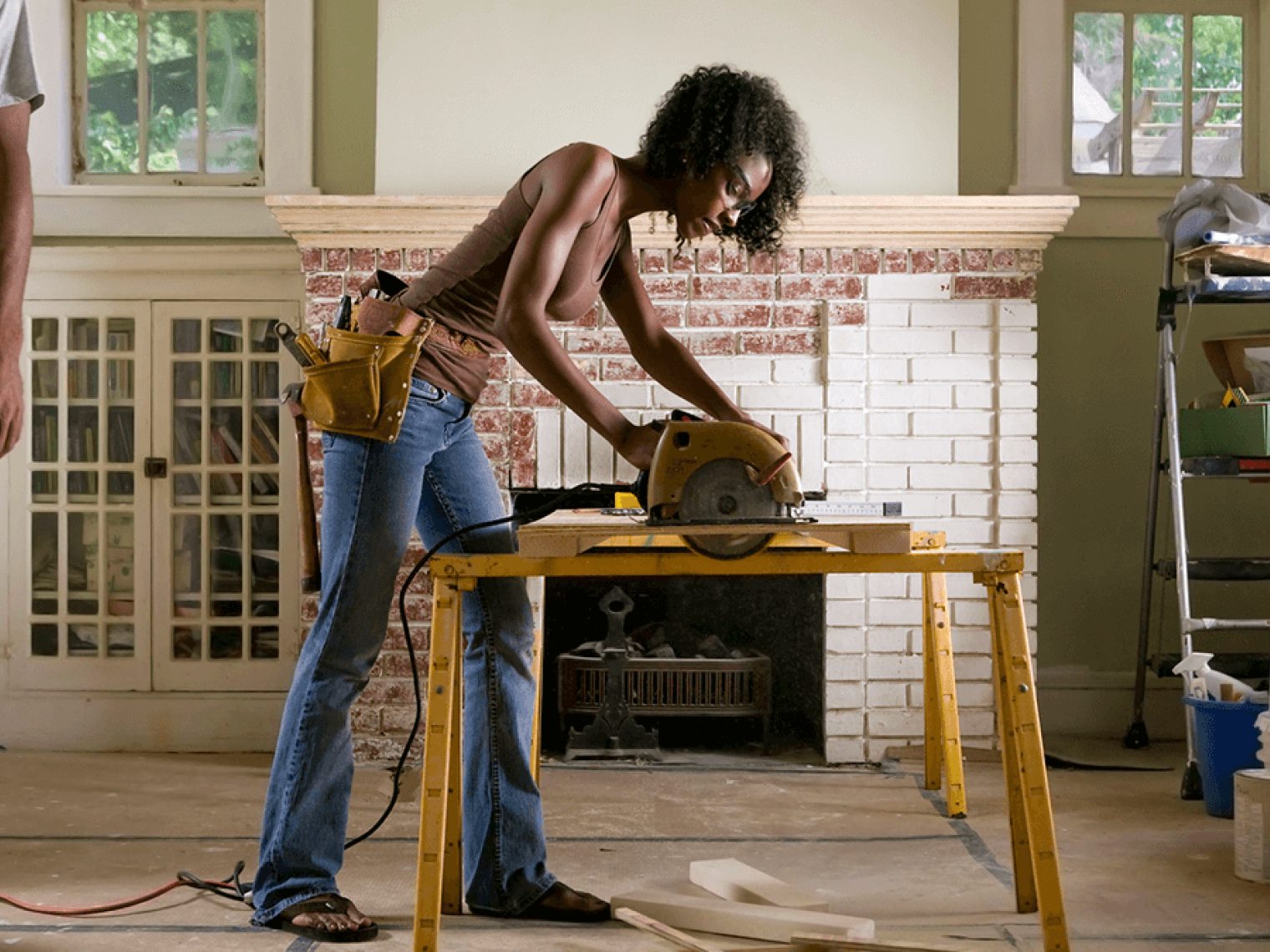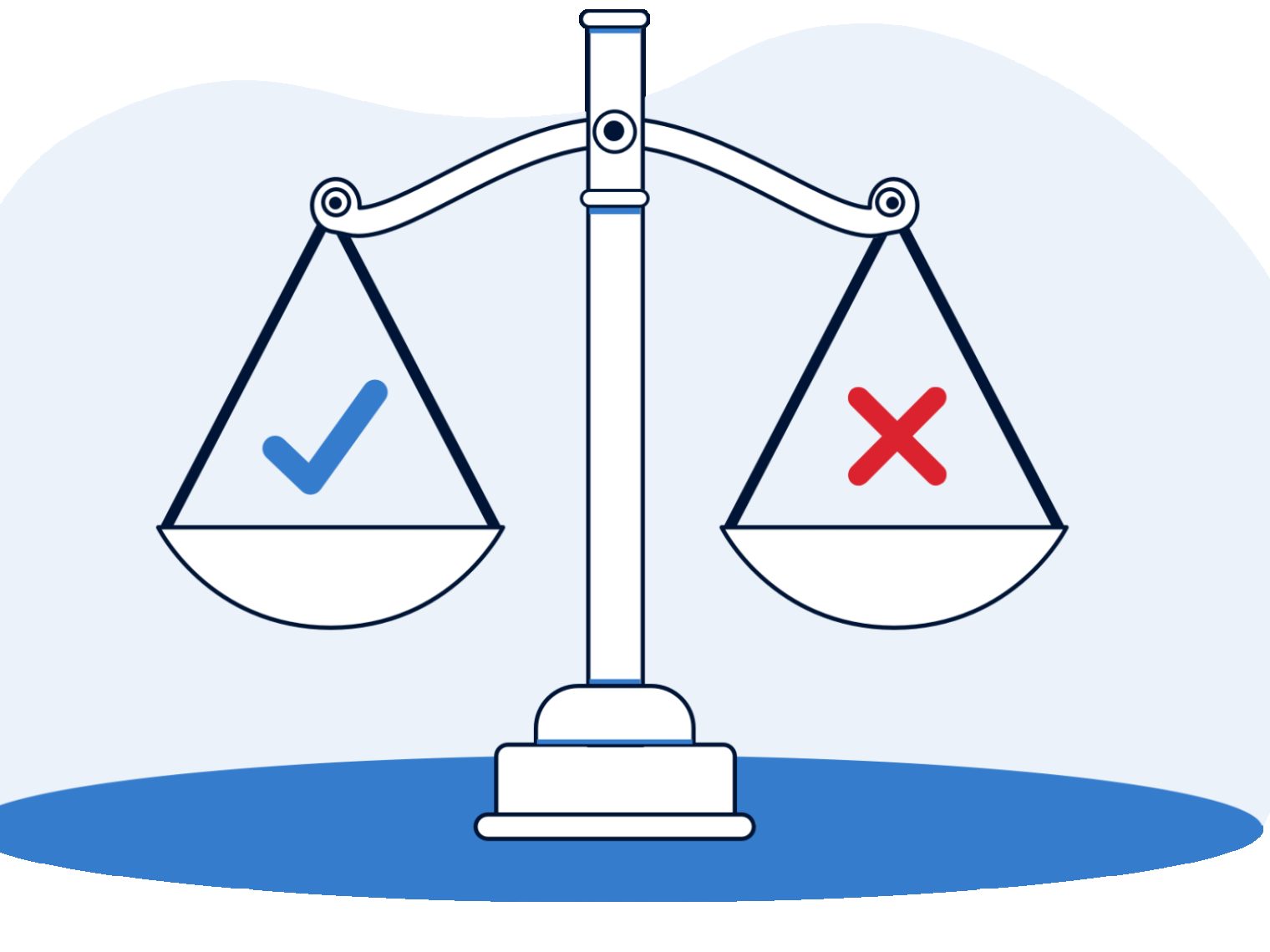The VA loan program is living up to its original promise by helping narrow the homeownership gap for female Veteran and Veterans of color.
Military service is narrowing the homeownership gap for female Veterans and Veterans of color.
A Veterans United Home Loans analysis of Census data shows that female and minority Veterans have significantly higher homeownership rates than their civilian counterparts. At the same time, military service also shrinks the homeownership and wealth gaps between white Veterans and Veterans of color.
Part of the reason is that Veterans tend to have higher average income and assets than civilians. Another key element is the VA loan benefit, which helps Veterans and service members buy homes without needing a down payment or top-tier credit.
Here’s a closer look at the numbers.
Black Veterans and Civilians
Black Veterans and service members see the greatest disparities in homeownership rates.
The gap in homeownership rates between Black and white Veterans was 18.5% in 2022, compared to a nearly 30-percentage point gap between Black and white civilians, according to the most recent Census data.
Homeownership Rates for White & Black Veterans
| Year | White | Black | Difference (% Points) |
|---|---|---|---|
| 2022 | 79.3% | 60.8% | 18.5 |
| 2021 | 79.4% | 60.8% | 14.6 |
| 2020 | 78.7% | 60.6% | 18.1 |
| 2019 | 78.3% | 58.7% | 19.6 |
| 2018 | 78.2% | 57.5% | 20.7 |
Homeownership Rates for White & Black Civilians
| Year | White | Black | Difference (% Points) |
|---|---|---|---|
| 2022 | 71.5% | 42.3% | 29.1 |
| 2021 | 72.7% | 44% | 28.7 |
| 2020 | 72.1% | 43.4% | 28.7 |
| 2019 | 69.8% | 42% | 27.8 |
| 2018 | 69.7% | 41.5% | 28.2 |
The homeownership rate for Black Veterans is also consistently higher than the rate for Black civilians.
Homeownership Rates for Black Veterans & Black Civilians
| Year | Black Veterans | Black Civilians | Difference (% Points) |
|---|---|---|---|
| 2022 | 60.8% | 42.3% | 18.5 |
| 2021 | 64.7% | 44% | 20.7 |
| 2020 | 60.6% | 43.4% | 17.2 |
| 2019 | 58.7% | 42% | 16.7 |
| 2018 | 57.5% | 41.5% | 16 |
The VA anticipates a 12% to 15% increase in the Black Veteran population over the next two decades, marking the largest growth among all racial and ethnic groups. As this population continues to expand, their role in bridging the racial homeownership gap will be transformative for future generations.
Hispanic and Latino Veterans
Hispanic and Latino buyers are poised for big-time growth. The Urban Institute estimates that this demographic will account for 7-in-10 new homeowners between 2020 and 2040.
Like other consumers of color, Hispanic and Latino homebuyers face unique challenges with credit access and building assets needed for conventional financing. The VA home loan benefit helps to eliminate these hurdles, especially not requiring a down payment.
The gap in homeownership rates between Hispanic and non-Hispanic Veterans was 7.3 percentage points in 2022, compared to a 16.5 percentage point difference between Hispanic and non-Hispanic civilians.
Homeownership Rates for Non-Hispanic & Hispanic Veterans
| Year | Non-Hispanic | Hispanic | Difference (% Points) |
|---|---|---|---|
| 2022 | 76.3% | 69% | 7.3 |
| 2021 | 76.7% | 67.2% | 9.5 |
| 2020 | 75.9% | 66% | 9.9 |
| 2019 | 75.8% | 65.3% | 10.5 |
| 2018 | 75.7% | 65.2% | 10.5 |
Hispanic Veterans are also much more likely to own homes than Hispanic civilians.
Homeownership Rates for Hispanic Veterans & Hispanic Civilians
| Year | Hispanic Veteran | Hispanic Civilian | Difference (% Points) |
|---|---|---|---|
| 2022 | 69% | 50.1% | 18.9 |
| 2021 | 67.2% | 49.7% | 17.5 |
| 2020 | 66% | 50.2% | 15.8 |
| 2019 | 65.3% | 47.1% | 18.2 |
| 2018 | 65.2% | 46.4% | 18.8 |
The Hispanic and Latino population of Veterans is expected to grow by 35% by 2048, which will double the share of Hispanic Veterans, according to federal estimates.
Asian American and Pacific Islander Veterans
The same story plays out for Asian American and Pacific Islander (AAPI) Veterans in terms of military service helping to close the homeownership and wealth gaps. AAPI Veterans also have higher homeownership rates than their civilian counterparts.
AAPI homeownership rates have also collectively increased since 1980. Between 1980 and 2019, AAPI households had the largest homeownership rate increase of any racial or ethnic group, from 52% in 1980 to 60% in 2019, according to the Urban Institute.
In addition, the growth of VA homebuying within the AAPI community increased by 24.5% from 2018 through 2022. AAPI Veterans currently make up about 2% of the total Veteran population.
Female Veterans and Civilians
Military service and the VA loan benefit have also expanded homeownership access for female Veterans, who are on track to comprise nearly 20% of the Veteran population within 25 years.
Female Veterans have a higher homeownership rate than female civilians. The 4-point gap in 2022 marked a five-year high, nearly double the year prior.
Homeownership Rates for Female Veterans & Female Civilians
| Year | Female Veterans | Female Civilians | Difference (% Points) |
|---|---|---|---|
| 2022 | 67.3% | 62.9% | 4.4 |
| 2021 | 65.4% | 63.1% | 2.3 |
| 2020 | 64.3% | 63.2% | 1.1 |
| 2019 | 62.7% | 61.2% | 1.5 |
| 2018 | 62.4% | 61% | 1.3 |
Female Veterans used their home loan benefit more than 574,000 times from 2018 to 2022, according to the VA. On average, female Veterans saw 20% growth in annual usage during that time, compared to 15% growth for male Veterans.
Related Posts
-
 VA Renovation Loans for Home ImprovementVA rehab and renovation loans are the VA's answer to an aging housing market in the United States. Here we dive into this unique loan type and the potential downsides accompanying them.
VA Renovation Loans for Home ImprovementVA rehab and renovation loans are the VA's answer to an aging housing market in the United States. Here we dive into this unique loan type and the potential downsides accompanying them. -
 Pros and Cons of VA LoansAs with any mortgage option, VA loans have pros and cons that you should be aware of before making a final decision. So let's take a closer look.
Pros and Cons of VA LoansAs with any mortgage option, VA loans have pros and cons that you should be aware of before making a final decision. So let's take a closer look.

